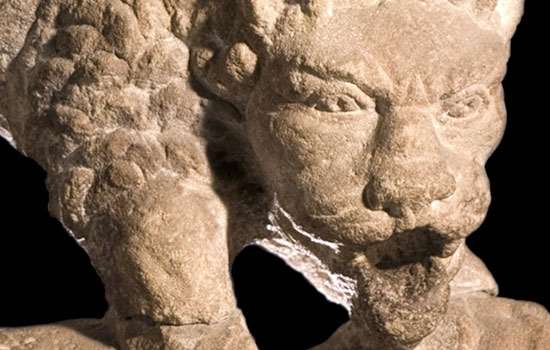History of Nunney Castle
Built by a soldier returning from fighting abroad, Nunney Castle is as much the realisation of an ideal as a stronghold intended for serious defence. It was built by a knight called John de la Mare under a royal licence issued in 1373.

Sir John’s Castle
Sir John was a figure of relatively modest means who was beginning to enjoy royal favour. The new castle displayed his growing power in the locality.
The tower formerly stood within a larger courtyard enclosed on three sides by a wall and on the fourth by the brook. Within the courtyard there were probably several service buildings.
The tower is laid out on a four-lobed plan and encircled by a moat. On each corner, there is a turret capped by a conical roof. A projecting line of battlements ran round the wall tops. Inside the tower were a kitchen at ground floor level, a hall on the third floor and withdrawing chambers on the top floor. Opening off these into the far right-hand corner tower was a chapel.
Later History
Nunney Castle was extensively modernised in the late 16th century, probably by Richard Prater, a rich Londoner who bought the castle sometime after 1560.
The castle remained in the possession of the Prater family until the Civil War, when it was besieged and ruined by order of Parliament.
The shell of the tower was taken into state guardianship in 1926 and cleared of plants and rubble. At the same time both the moat and the medieval drawbridge pit beneath the far end of the bridge were re-excavated.
Further Reading
Platt, C, The Castle in Medieval England and Wales (London, 1982)
Rigold, SE, Nunney Castle (London, 1956)


